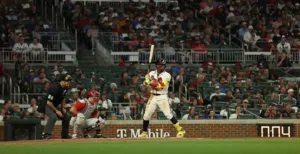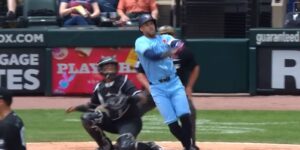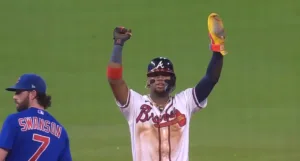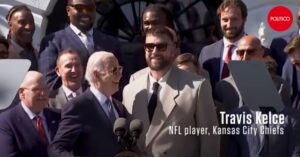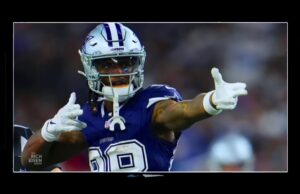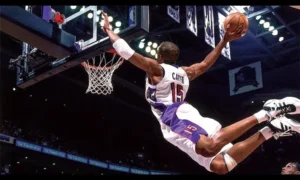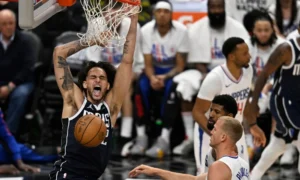If Mets Deal Max Scherzer & Justin Verlander, It Can Create Some Difficult Rotational Questions for 2024
If Mets Deal Max Scherzer & Justin Verlander, It Can Create Some Difficult Rotational Questions for 2024
Let’s pretend for a second that the Mets are going to trade Justin Verlander and Max Scherzer this month.
In recent days, two interconnected issues have mostly gone unnoticed: If the squad continues to strive for a championship next year, who would be the starting quarterback?
And would the Mets be compromising their long-term future even more if they were to replace the two future Hall of Famers this winter?
The 2023 Mets’ plan of avoiding long-term free agent contracts for starting pitchers has looked brilliant despite the team’s other missteps.
Although both Verlander and Scherzer have underperformed, the Mets will not be held back for too long because of the short length of their contracts (two years plus a player opt-in for Scherzer, and two years plus a vesting option for Verlander).
The lone Mets contract of an abnormally long length last summer was Brandon Nimmo’s eight-year extension.
Watching the Texas Rangers offer Jacob deGrom five years and the Yankees offer Carlos Rodon six years brought the squad some much-needed relief.
Despite the fact that DeGrom has now undergone Tommy John surgery and Rodon just made his season debut, both of whom have a chance to win a championship with the Yankees, Verlander has been the most effective of the three in 2023.
Without Verlander and Scherzer, the Mets’ top four rotation candidates for 2019 would be Kodai Senga, Jose Quintana, David Peterson, and Tylor Megill. They will undoubtedly add to it, but doing so without creating the kind of long-term danger they have so far avoided will be challenging.
Shohei Ohtani, Blake Snell, and Julio Urias are the best starting pitchers that will be available as free agents in 2019.
Snell is the oldest of the three, at age 30; any free agent ace in his thirties can anticipate a contract of five, six, or seven years (and, while this isn’t an Ohtani story, suffice it to say that we haven’t found a single baseball insider who thinks Ohtani will sign with the Yankees).
Before trading Verlander or Scherzer, the Mets front staff will need to predict Urias and Snell’s future performance not just in 2024, but also in 2025, 2026, 2027, and beyond. Is it fair to offer a young ace seven years instead of the three years you’d give an aging ace?
Yes, it may be the case sometimes. Usually, the answer is “no.”
Yoshinobu Yamamoto, 24, an ace in Nippon Professional Baseball, will be another highly fascinating rotation possibility for the Mets next season and beyond.
According to one baseball scout, Yamamoto is “Chris Bassitt with more velo,” suggesting that he, too, can throw a variety of pitches, but his fastball is more powerful than Bassitt’s. Yamamoto was predicted to be a second or third starter on a championship team by that evaluator.
Analysts do not believe Yamamoto will join the bullpen like they do with Senga. As a result, he is set to make a lot more than the $55 million over five years that the Mets paid to Senga last September.
Billy Eppler, GM of the Mets, has already been to Japan this year to check out Yamamoto. Eppler’s extensive network and reputation in Japan might give the Mets a leg up in the free agency of both Yamamoto and Senga.
There will be many additional starting pitchers available in free agency for the Mets to consider besides Lucas Giolito, Eduardo Rodriguez (who has an opt-out), Aaron Nola, Jack Flaherty, Luis Severino, Frankie Montas, Tyler Mahle, James Paxton, and Alex Cobb.
One or two of those athletes could be a good short-term bet due to their varying degrees of potential reward and danger. However, nobody is expected to be the starting pitcher for a 2024 World Series club.
We’re not claiming that the present-day Scherzer and Verlander are capable of this, either. Before asking either player to waive his no-trade clause, the Mets must ensure that replacing them won’t put the franchise in a worse position.

